Flanger Pedals
1-12 of 12 productsFilter

BOSS BF-3 Flanger
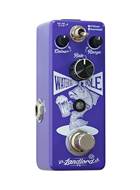
Landlord FX Watering Hole Flanger

Electro Harmonix Walking On The Moon Flanger

MXR Micro Flanger M152
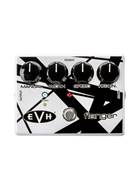
MXR EVH Flanger EVH117

JHS Pedals 3 Series Flanger
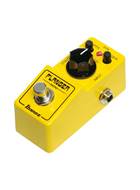
Ibanez FL Mini Flanger
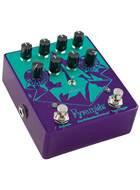
EarthQuaker Devices Pyramids Flanger
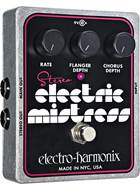
Electro Harmonix Stereo Electric Mistress Flanger/Chorus
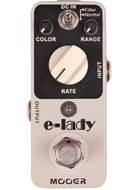
Mooer MFL1 E-lady Analog Flanger Mini Pedal
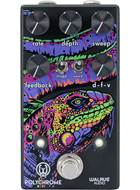
Walrus Audio Polychrome Analog Flanger

Electro Harmonix Neo Mistress Flanger
About Flanger Pedals
Flanger Pedals have been famously used on many songs to help the guitar part stand out thanks to the unique sound it delivers. The effect is based on the sound that could be created using two tape machines in a recording studio. It has since evolved to create many classic flange sounds such as Unchained by Van Halen and Spirit of the Radio by Rush.
Flanger guitar pedals come in many varieties such as a mini pedal or as part of a multi effects pedal. Popular brands such as Boss and MXR make some famous models with excellent sound quality. The flanging effect is usually manipulated using depth controls so that you can find what works best for you. Some even contain a tap tempo feature and other additional benefits such as true bypass switching. If you are looking to experiment with new sounds or have a guitar part that needs some extra character than a flanger pedal might be exactly what you need.
Flanger pedals create a real sense of urgency in otherwise stale guitar parts. Flange was originally a studio effect created by running a sound simultaneously on two tape machines. The engineer would then put their hand on the ‘flange’ - a mechanical part that spools the tape - causing the tape to slow down. When they let go again, the tape would then rush to catch up. Combining the two sounds - the unaffected tape and the slowing down/speeding up tape - creates the classic whooshing sound.
Sounding like a jet plane taking off, flanger pedals are not for the faint-hearted. A bold, in-your-face sound, they have been used by guitarists as diverse as Eddie Van Halen, Brian May, and Lenny Kravitz. Legend has it that it was John Lennon who first coined the term ‘flanging’! The first flanger in a pedal format was the Electric Mistress introduced by Electro-Harmonix in 1975.
Why Should I Choose a Flanger Pedal?
- A distinctive sound that can add a sense of urgency
- Flanger guitar pedals offer a bold, in-your-face sound
- Creates urgency in stale guitar parts
- Replicates a famous tape effect from the 50s and 60s
- Different versions available from popular brands such as Boss and MXR

